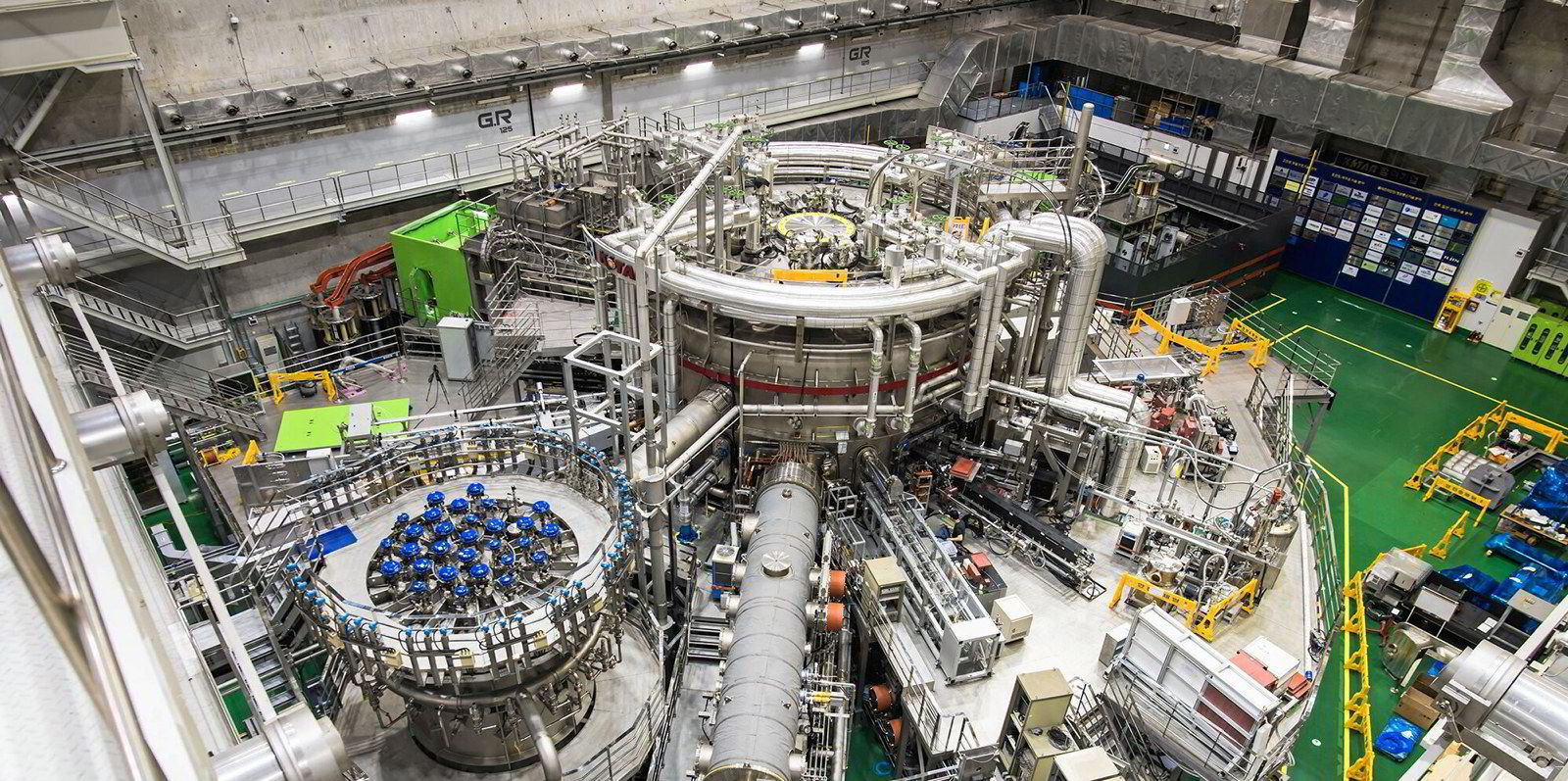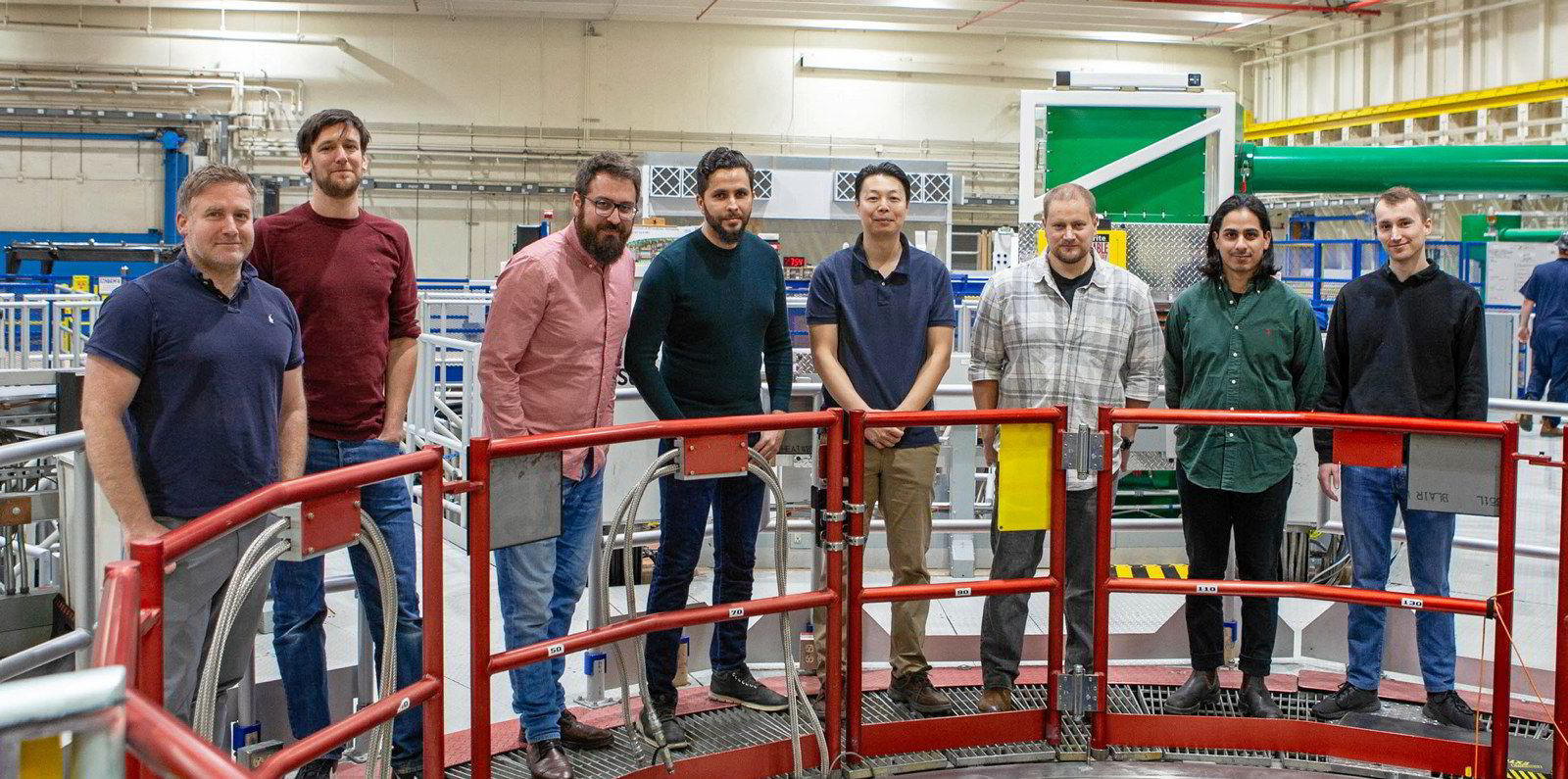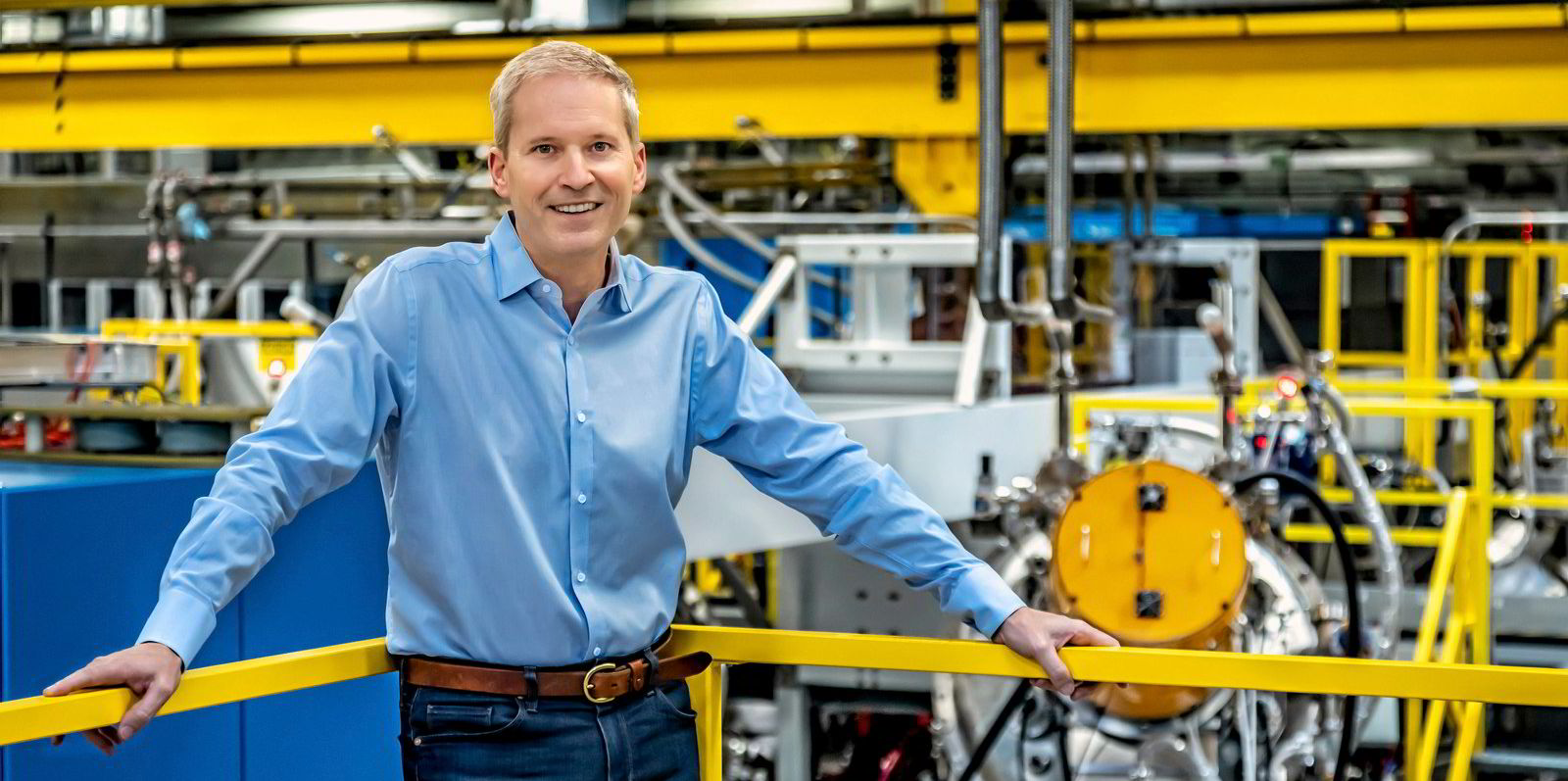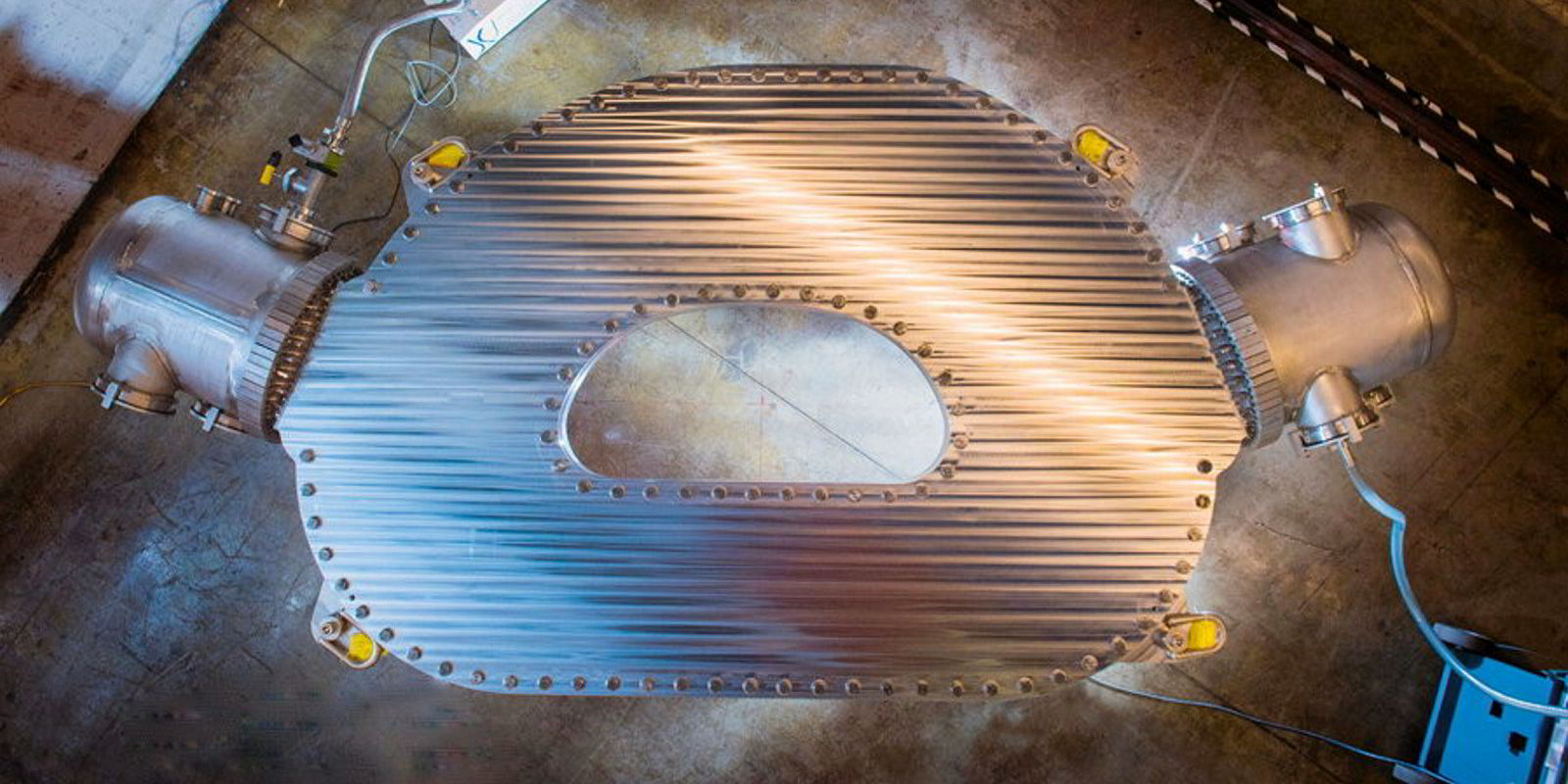Scientists in Korea have sustained plasma at temperatures seven times hotter than the sun for longer than ever before after upgrading a key component, an advance that could provide invaluable data for an international fusion mega-project planned to launch next year.
The Korean 'artificial sun', known as KSTAR, sustained the plasma at temperatures of 100 million°C – nearly seven times hotter than the core of our own star – for 48 seconds during recent testing.
KSTAR, the Korea Superconducting Tokamak Advanced Research to use its full name, set its previous record in 2022 when it sustained that temperature for 30 seconds.
In its recent testing, conducted between December and February, KSTAR also broke its record for achieving high confinement mode or ‘H-mode’, a plasma state that is stable and better confined than low confinement mode, maintaining this for 102 seconds.
Fusion uses the same process that generates light and heat from stars, fusing hydrogen and other light elements to release huge amounts of power that pioneers in the sector hope to tap for unlimited zero-carbon electricity, sometimes referred to as the ‘Holy Grail’ of the energy transition.
To develop fusion it is essential to develop technology that can “sustain high-temperature and high-density plasmas where fusion reactions occur most actively for longer durations,” Korea’s National Research Council of Science & Technology (NST) said announcing the latest breakthrough today.
The KSTAR team’s success in extending the length they could achieve H-mode was “mainly due to the successful upgrade applied to KSTAR’s divertors with tungsten,” said NST.
Divertors extract heat and ash produced by the fusion reaction, minimising plasma contamination and protecting the surrounding walls from thermal and neutronic loads.
The KSTAR team switched from using carbon in its previous divertors to tungsten, which has the highest melting point of all the metals, and NST said the team’s success in maintaining H-mode for longer than ever before was “mainly due to the successful upgrade”.
“In comparison with the previous divertors based on carbon, the new tungsten divertors showed only 25% increase in surface temperature under similar heat loads. This provides significant advantages for long-pulse high heating power operations.”
The success of the tungsten divertors could provide invaluable data for the International Thermonuclear Experimental Reactor (ITER) project – a $21.5bn international fusion megaproject being developed in France by dozens of countries including Korea, China, the US, the EU and Russia.
ITER, which is expected to produce its first plasma next year, with full commissioning of the system planned for 2035, will use tungsten in its own divertors.
Suk Jae Yoo, president of the Korea Institute of Fusion Energy, said the research gives a “green light for acquiring core technologies” needed for future demonstration power plants, known as “DEMO reactors.”
He continued that his team will now strive to "secure core technologies essential for the operation of ITER" and future DEMO reactors.




